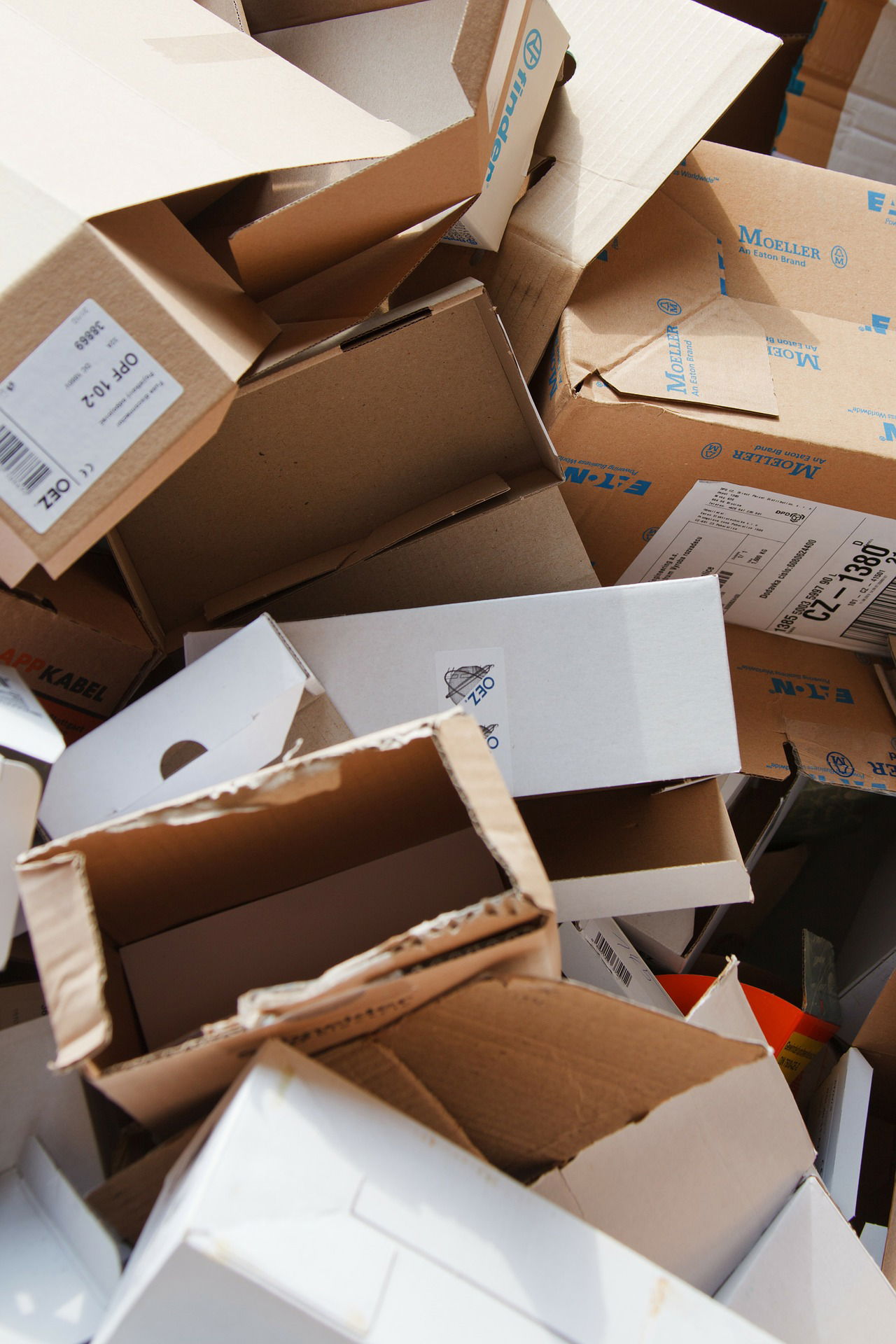5 Trends Shaping the Future of Paper Packaging and Recycling

Introduction to Paper Packaging and Recycling Trends
In our increasingly eco-conscious world, the focus on sustainable practices has never been more intense. Industries across the globe are pivoting to greener methods, not least the paper packaging sector, which plays a crucial role in both commerce and environmental management. Here, we will explore five key trends shaping the future of paper packaging and recycling, reflecting the changes driven by innovation, consumer awareness, and regulatory pressures.
1. Increased Demand for Sustainable Sourcing
The push towards sustainability is leading to significant changes in how raw materials for paper packaging are sourced. Consumers and corporations alike are increasingly demanding that the paper products they use or produce are derived from sustainably managed forests. This shift is underscored by the growing preference for certifications like the Forest Stewardship Council (FSC) or the Sustainable Forestry Initiative (SFI). These certifications ensure that the paper products are sourced from forests that are managed responsibly — balancing environmental, social, and economic concerns.
2. Advancements in Recycling Technologies
As the need for effective recycling escalates, so too does the technology to make it happen. Innovations in paper recycling technologies are making the process more efficient and less energy-intensive. For example, new deinking technologies have significantly improved the quality of recycled paper, making it possible to use recycled fibers in more high-value applications. Moreover, techniques such as near-infrared (NIR) technology allow for better sorting of paper types, enhancing the quality of the recycled product and reducing the amount of waste that ends up in landfills.
3. Rise of Compostable and Biodegradable Options
Amid increasing concerns about plastic pollution, the development and use of compostable and biodegradable paper packaging solutions are gaining traction. These materials are designed to break down more quickly than traditional packaging materials, reducing their impact on the environment. Innovations such as coatings made from biopolymers instead of plastics for waterproofing are becoming more commonplace, aligning with overarching environmental goals and consumer preferences for greener packaging options.
4. Enhanced Consumer Recycling Practices
Education and awareness programs spearheaded by governments and private organizations are playing a central role in shaping recycling behaviors at the consumer level. With more information about what can be recycled and how to recycle effectively, consumers are becoming more diligent in their recycling practices. This shift is crucial as contamination in recycling streams can significantly hinder the effectiveness of recycling processes. Clear labeling, standardized recycling instructions, and community recycling programs are just some of the tools being used to improve consumer participation in recycling efforts.
5. Regulatory Impact and Compliance Pressure
Governments around the world are introducing stricter regulations aimed at reducing waste and promoting recycling. These regulations often include mandates on the use of recycled content, restrictions on non-recyclable packaging materials, and incentives for companies that adopt greener packaging alternatives. Compliance with these regulations is not just about avoiding penalties but is also increasingly seen as crucial to maintaining brand image and customer loyalty in a world where environmental responsibility is highly valued.
Conclusion
The future of paper packaging and recycling is clearly oriented towards sustainability. For businesses, staying ahead of these trends is not only about compliance but also about opportunity — leveraging the evolving landscape to innovate and differentiate in an increasingly competitive market. For consumers, it offers a chance to participate actively in environmental conservation efforts, transforming everyday actions into positive ecological impact. As these trends continue to develop, they will inevitably shape a new standard in packaging that prioritizes both functionality and environmental stewardship.
Further Challenges and Opportunities
The path to sustainable paper packaging and recycling is fraught with challenges. Supply chain complexities, cost implications of adopting new technologies, and ensuring global standards are some of the hurdles that need to be navigated. However, these challenges also offer opportunities for innovation and the development of competitive advantages. As the industry continues to evolve, those who invest in sustainable practices and technologies are likely to be the leaders of tomorrow’s paper packaging industry.



